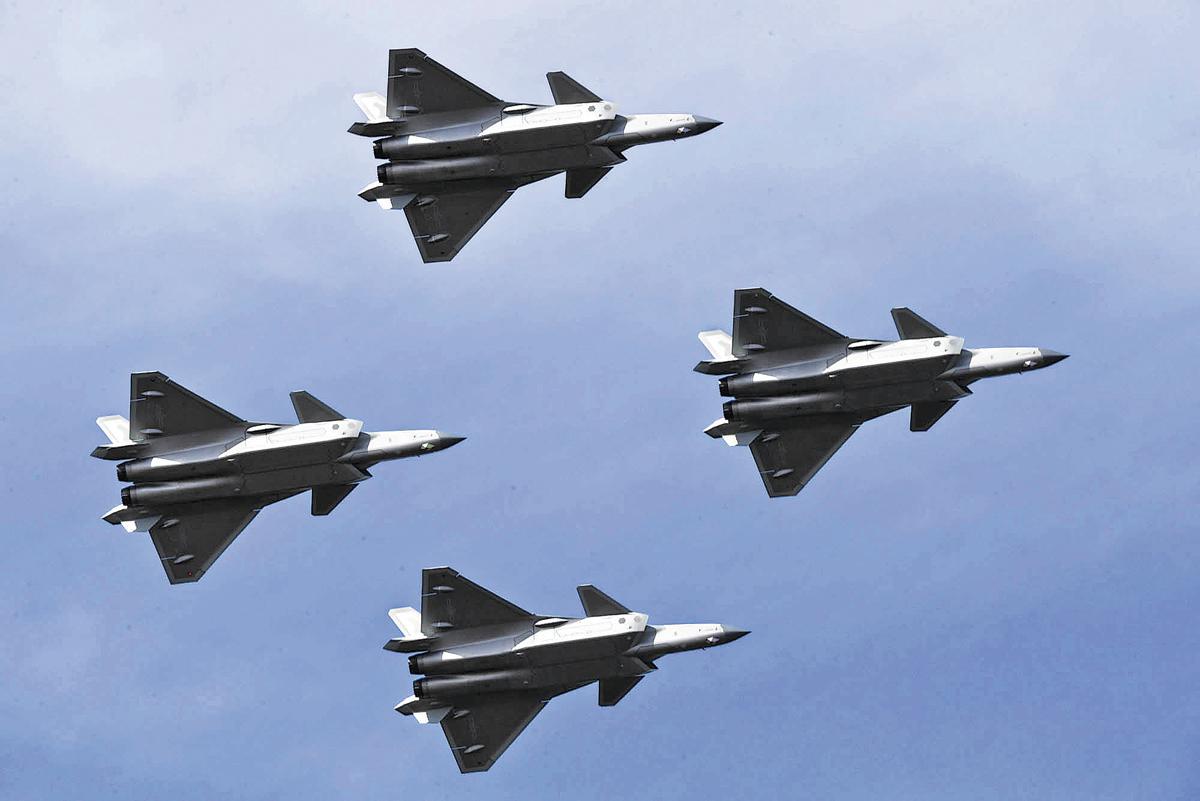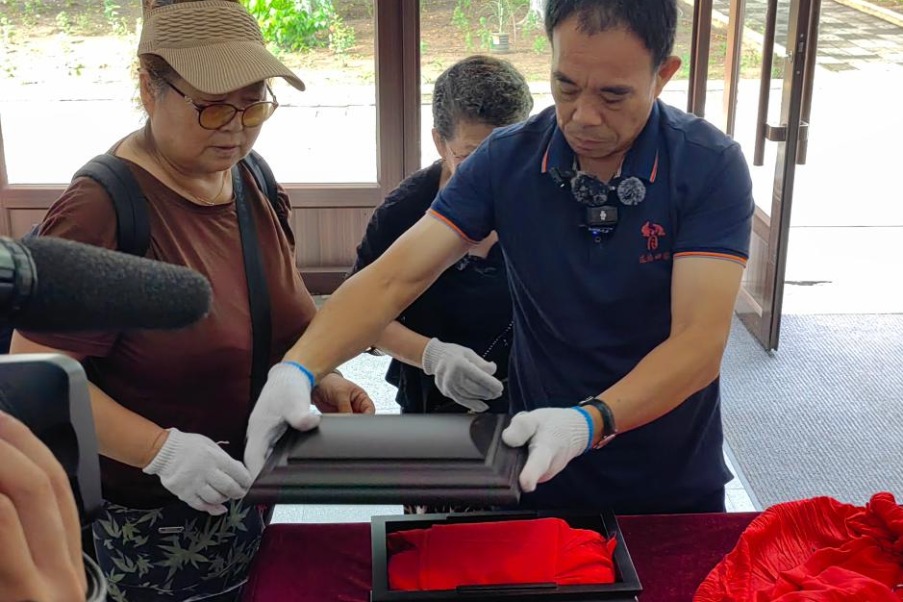J-20 fighter can easily penetrate air-defense networks, designer says


China's J-20 fifth-generation fighter jet has outstanding stealth capability and can easily penetrate enemy air-defense networks, a senior designer said on Saturday, marking the first time that a project insider has given a detailed introduction about the world-class combat plane.
"The J-20's radar signature is extremely low, and its infrared characteristics are tremendously good. It can penetrate our adversaries' air-defense networks like a needle," Gong Feng, deputy chief designer at the Chengdu Aircraft Design and Research Institute, an Aviation Industry Corp of China subsidiary in Sichuan province, said at the People's Liberation Army Air Force Aviation Open-House Activity in Changchun, the capital of Jilin province.
Radar signature and infrared characteristics refer to physical properties of an aircraft that can be measured by radar searching for it. They are major elements that may expose an aircraft when it flies into the scanning range of enemy planes or ground-based air defenses. The lower the levels of radar signature and infrared characteristics, the less likely the aircraft can be detected by radar.
Besides the stealth capability, the J-20 features strong combat prowess, Gong said.
"Its flight range is very long, which means the operational scope is substantially larger than those of fourth-generation planes. It has an advanced active phased array radar that gives it a target detection range much longer than those of fourth-generation jets," he said.
"The plane's multiple kinds of sensors can work together perfectly and complement each other, allowing for multidimensional situational awareness and accurate identification of targets. Moreover, its missiles can fly a very long distance. Together with smart strike management systems, they promise the J-20 a hit success rate that is much higher than those of previous jets," Gong added.
In addition, the stealth fighter is able to team up with early-warning aircraft and unmanned planes to form a combat system, according to the designer.
"The J-20's deployment enables the Air Force to carry out not only defensive tasks but also offensive operations. The jet's excellent solo and joint combat power has resulted in the creation of new fighting patterns by the Air Force," he said.
He also noted that the integrated aerodynamic configuration of the J-20, which features a lifter body and two fully movable canards, also known as foreplanes, is an internationally pioneering design.
Code-named the Mighty Dragon, the J-20 made its public debut in November 2016 at the 11th China International Aviation and Aerospace Exhibition in Zhuhai, Guangdong province. It entered service with the Air Force later that year, becoming only the third stealth fighter jet in the world to enter service following the F-22 Raptor and F-35 Lightning II of the United States.
To date, there have been three models in the J-20 series: the baseline configuration, which is on display in Changchun; the J-20A, an upgraded single-seat variant that is equipped with new, more powerful domestically developed engines; and the twin-seat J-20S.
All of the three types took part in a flight performance during a grand parade earlier this month in Beijing.
Contact the writers at zhaolei@chinadaily.com.cn
- Dunhuang cultural expo seeks to revive the Silk Road spirit
- J-20 fighter can easily penetrate air-defense networks, designer says
- Xinjiang to build new expressway
- American musician: the Silk Road influenced American music
- China upgrades Ragasa to super typhoon
- Over 5,000 photographers showcase work in Shanxi's ancient city of Pingyao




































